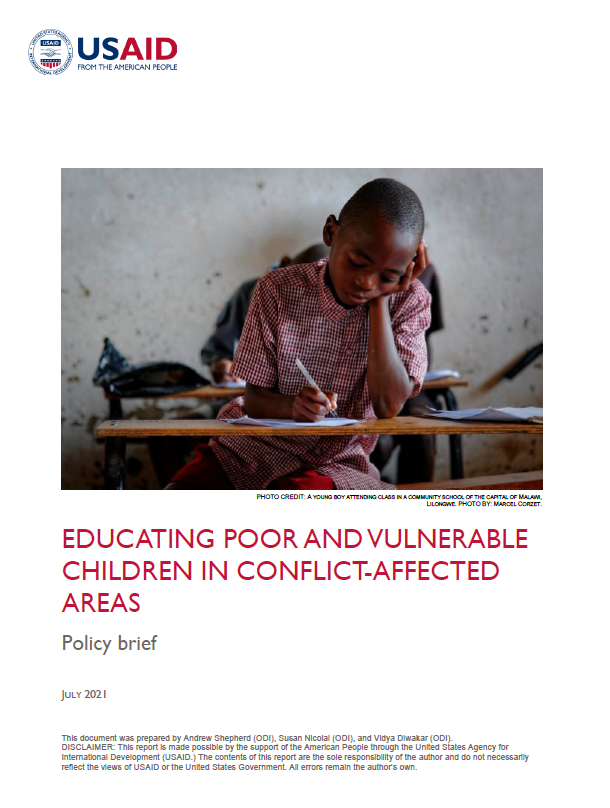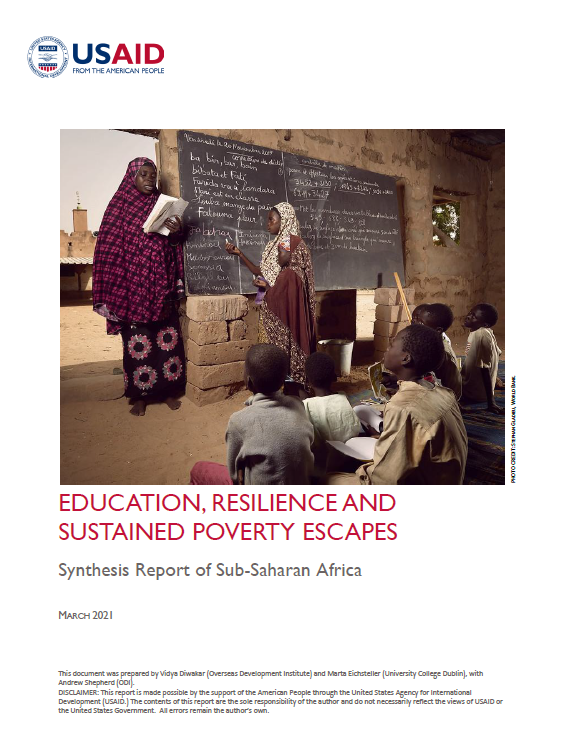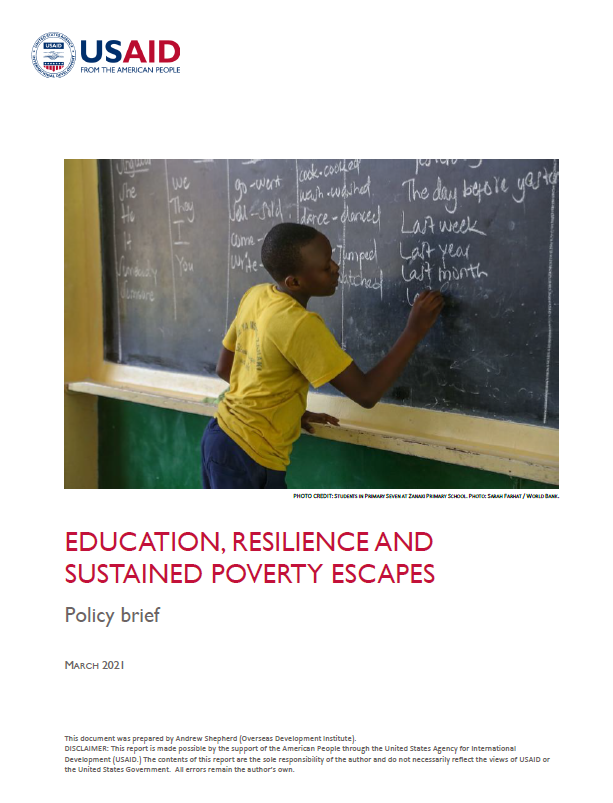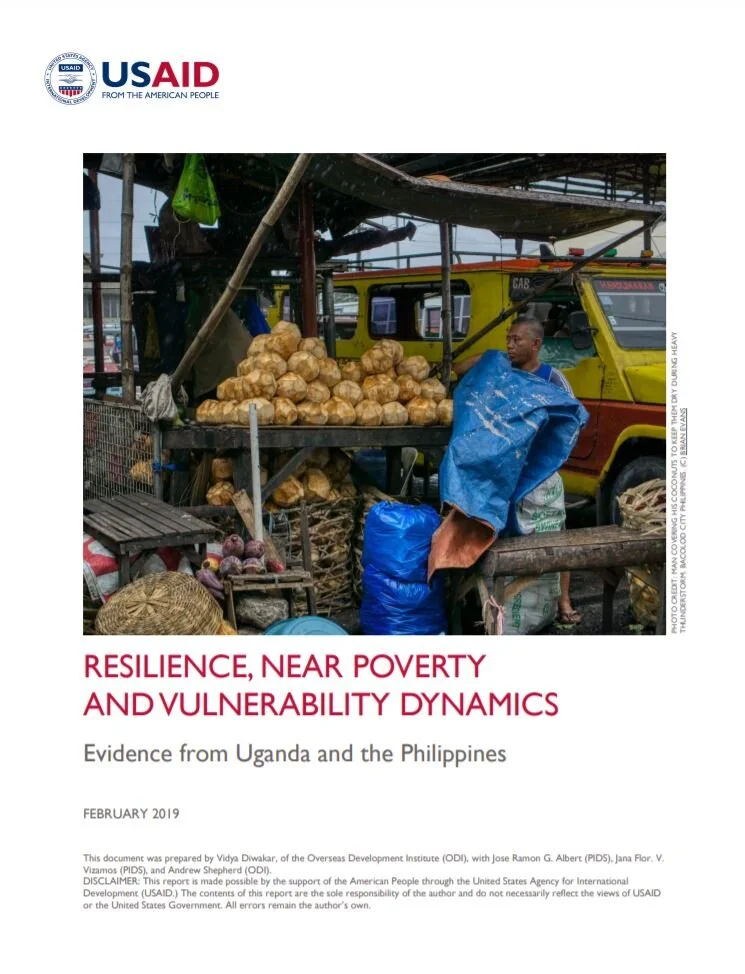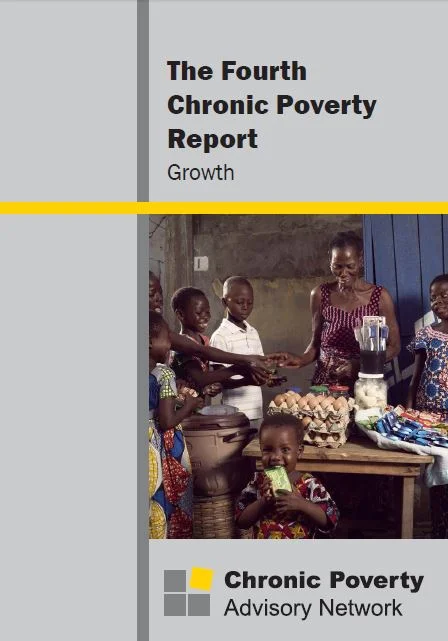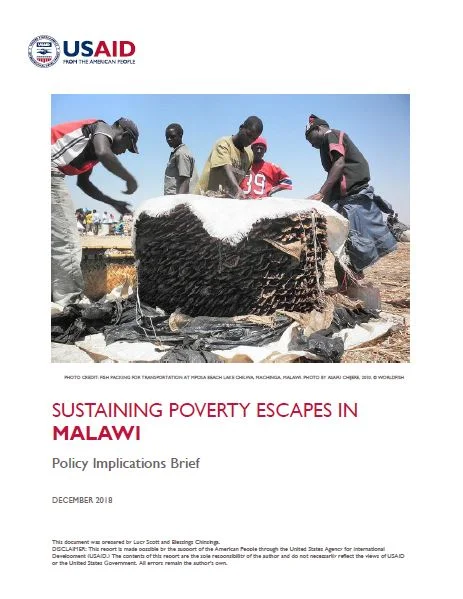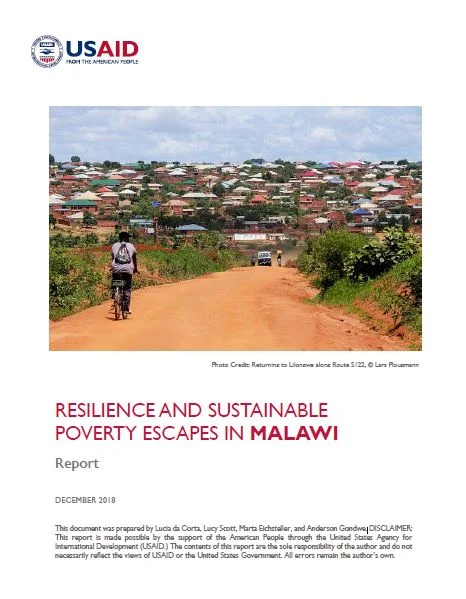This report examines why some households in Ethiopia are able to escape poverty and remain out of it—that is, they experience sustained escapes from poverty—while others escape poverty only to return to living in it again – that is, they experience transitory escapes. With this term, the report refers to households that successfully escape from poverty only to return to living in it once again, i.e. they become re-impoverished. The report investigates the resources (land, livestock, and value of assets), attributes (household composition and education level), and activities (including jobs, engagement in non-farm activities and migration) of households that enable them to escape poverty sustainably and minimize the likelihood of returning to living in poverty again.
Ethiopia has experienced significant recent reductions in poverty, with the proportion of the population living below the national poverty line declining from 56 percent in 2000 to 31 percent in 2011. Economic growth, and particularly growth in the agricultural sector, has occurred alongside large public investments in social programs (including the Productive Safety Net Programme, health and education) and rural roads. However, more recently economic growth has been less inclusive: between 2005 and 2011, the consumption of the bottom 40 percent grew slower than that of the top 60 percent, while the consumption of the bottom 10 percent did not increase at all (WB, 2015).
This project also includes case studies on Uganda and Bangladesh
Authors: Chiara Mariotti and Vidya Diwakar
The report has been produced in the framework of the project Investigating the dynamics and drivers of transitory poverty escapes


